Dried Lavender for Cooking: A Sweet and Savory Secret to Elevate Your Dishes
Have you ever thought about adding a touch of floral elegance to your meals? Dried lavender is not just for aromatherapy or decorative purposes—it's a hidden gem in the world of cooking. Whether you're an amateur enthusiast or a seasoned chef, dried lavender can bring a unique flavor profile that pairs beautifully with both sweet and savory dishes. In this article, we'll explore everything you need to know about using dried lavender in the kitchen, from its origins to practical tips and even a handy buying guide.
Table of Contents
- What Is Dried Lavender?
- Flavor Profile and Culinary Uses
- Cooking Tips and Techniques
- Buying Guide: Choosing the Best Dried Lavender
- Popular Uses in the Kitchen
- Conclusion
What Is Dried Lavender?
Dried lavender is the dehydrated form of the flower buds from the lavender plant (*Lavandula* species), commonly used in culinary applications. It has a delicate, floral aroma with hints of sweetness and a slight bitterness—similar to rosemary but milder. This makes it ideal for enhancing both sweet and savory dishes without overpowering them.
The most common types used in cooking are English lavender (*Lavandula angustifolia*) and French lavender (*Lavandula stoechas*). However, not all lavender is safe for consumption. Always look for varieties labeled as “culinary lavender” or “edible lavender” to ensure it’s free from pesticides and suitable for eating.
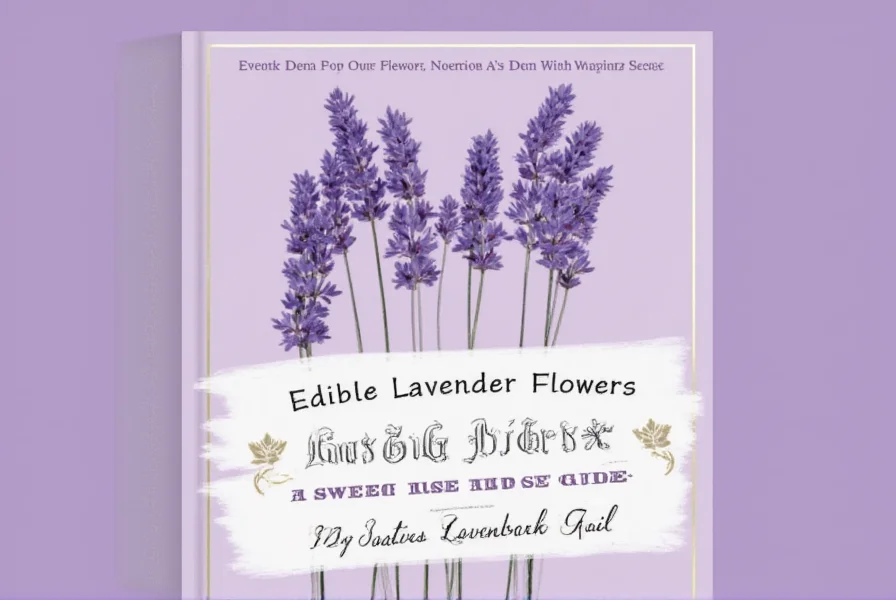
Flavor Profile and Culinary Uses
Lavender’s flavor is complex and nuanced. It offers a subtle floral note with a slightly minty and herbal undertone. When dried, the intensity of the scent becomes more concentrated, making it perfect for infusions, baking, and seasoning.
Here are some key flavor characteristics:
- Fragrant: Strong, floral aroma
- Sweetness: Mildly sweet with a hint of honey
- Bitterness: Slight bitterness, especially in higher concentrations
- Herbal: Similar to rosemary and thyme
Because of its unique taste, dried lavender works well in:
- Teas and infusions
- Cake and cookie recipes
- Infused oils and vinegars
- Savory dishes like roasted vegetables or chicken
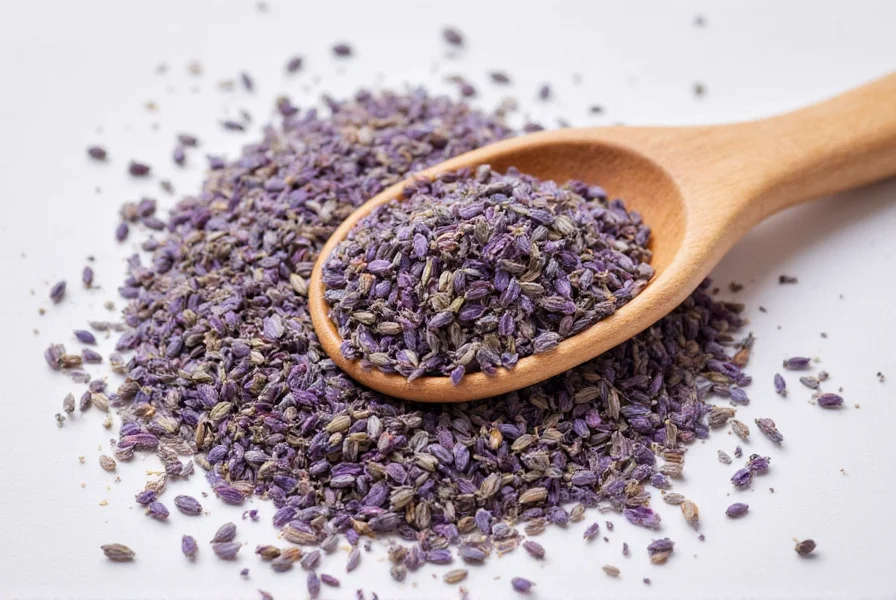
Cooking Tips and Techniques
Using dried lavender in your cooking doesn’t have to be complicated. Here are some practical tips to help you get the best results:
- Start Small: Because dried lavender is potent, begin with a small amount—about 1 teaspoon per recipe—and adjust to taste.
- Use in Infusions: Steep dried lavender in hot water, milk, or oil to extract its flavor. This is great for teas, custards, and sauces.
- Add to Baked Goods: Incorporate it into shortbread, cookies, or scones for a fragrant twist. Be careful not to overdo it, as it can become too strong.
- Pair with Complementary Flavors: Lavender pairs well with citrus (lemon, orange), honey, vanilla, and herbs like thyme or rosemary.
- Store Properly: Keep dried lavender in an airtight container away from light and moisture to preserve its potency.

Buying Guide: Choosing the Best Dried Lavender
When purchasing dried lavender for cooking, it’s essential to choose high-quality, edible varieties. Here’s what to look for:
| Feature | What to Look For |
|---|---|
| Source | Choose organic, pesticide-free lavender from reputable suppliers. Look for certifications like USDA Organic or EU Organic if available. |
| Appearance | The flowers should be dry, evenly colored (usually purple or lilac), and free from mold or discoloration. |
| Aroma | It should have a strong, fresh floral scent. If it smells musty or off, it may not be suitable for cooking. |
| Usage | Look for packaging that clearly states ‘edible,’ ‘culinary,’ or ‘for cooking’ to ensure it’s safe for consumption. |
Some popular brands and products include:
- Lavender Hill Organics: Offers organic, hand-picked lavender ideal for baking and infusions.
- Nature's Way: Known for its high-quality, non-GMO lavender suitable for both cooking and aromatherapy.
- EcoLav: A sustainable brand that provides premium dried lavender for culinary use.
Each of these options is suitable for different occasions, such as holiday baking, homemade teas, or gourmet cooking.
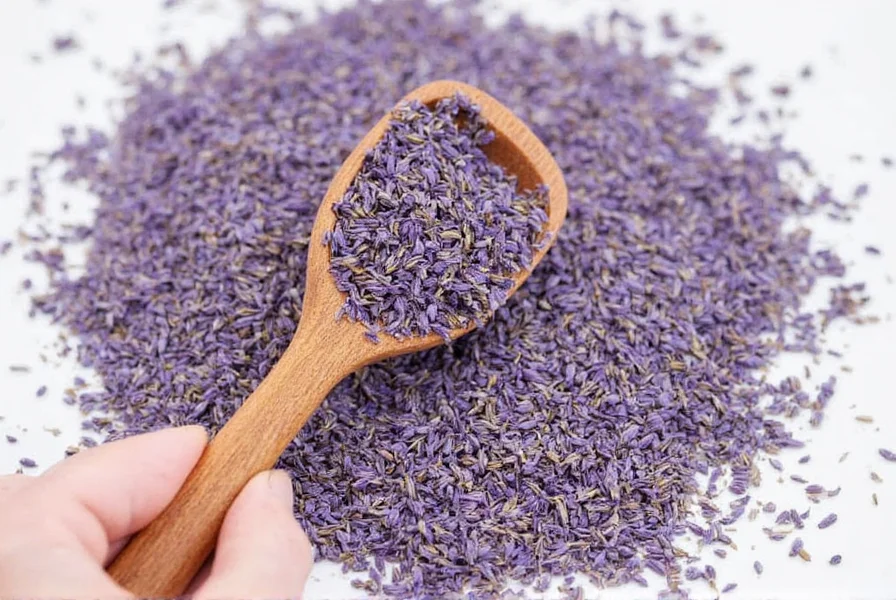
Popular Uses in the Kitchen
Now that you know how to use and choose dried lavender, let’s dive into some of its most popular culinary applications:
1. Lavender Honey
Create a luxurious spread by steeping dried lavender in honey. This can be used on toast, in tea, or as a drizzle over desserts.
2. Lavender Shortbread Cookies
These delicate cookies are infused with a subtle floral flavor, making them perfect for afternoon tea or special occasions.
3. Lavender-Infused Vinegar
Make a fragrant vinegar by steeping lavender in white wine or apple cider vinegar. Use it in salad dressings or marinades.
4. Lavender Lemonade
Add a few dried lavender blossoms to your lemonade for a refreshing, aromatic twist. Perfect for summer gatherings.
5. Lavender Roasted Vegetables
Sprinkle dried lavender over roasted potatoes, carrots, or Brussels sprouts for a unique and flavorful side dish.
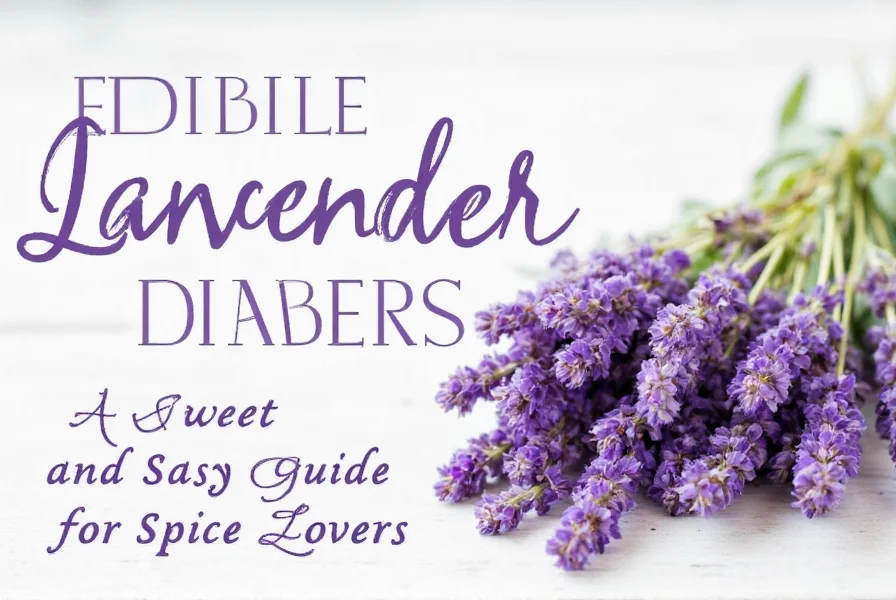
Conclusion
Dried lavender is more than just a pretty addition to your kitchen—it’s a versatile ingredient that can elevate your cooking in unexpected ways. With its delicate floral notes and subtle sweetness, it’s a perfect complement to both sweet and savory dishes. Whether you’re experimenting with new flavors or looking for a unique twist on classic recipes, dried lavender is worth exploring.
Remember, when using dried lavender, start with small amounts and always choose high-quality, edible varieties. By following these tips, you’ll be able to enjoy the beauty and flavor of lavender in your favorite dishes.
So why not give it a try? The next time you bake a batch of cookies or brew a pot of tea, consider adding a pinch of dried lavender. You might just discover a new favorite flavor.
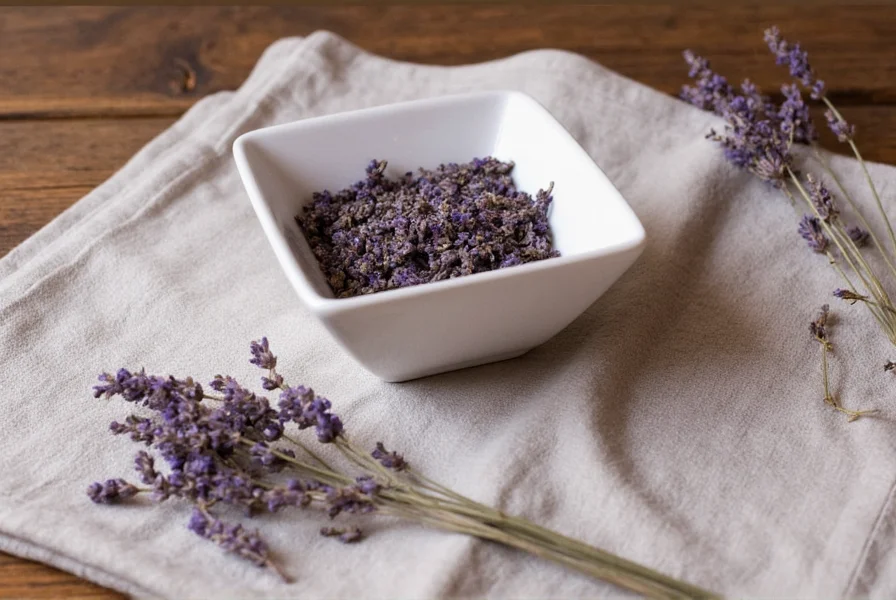

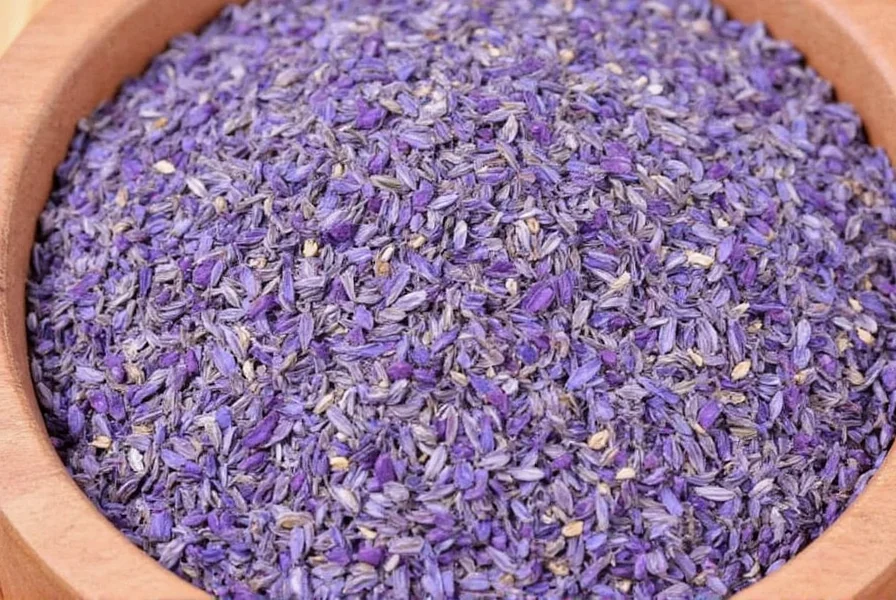









 浙公网安备
33010002000092号
浙公网安备
33010002000092号 浙B2-20120091-4
浙B2-20120091-4